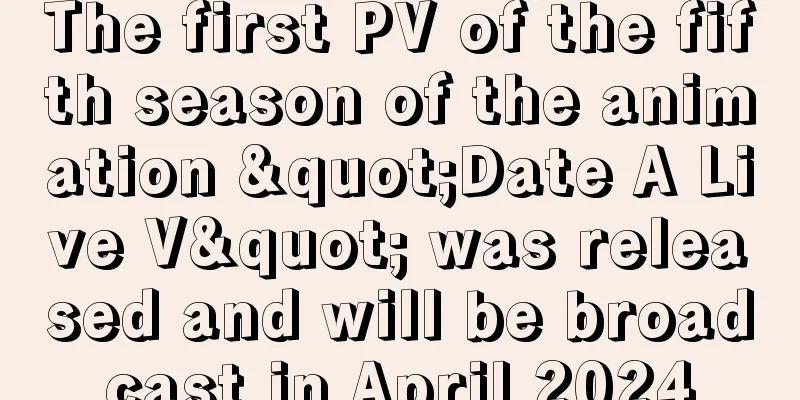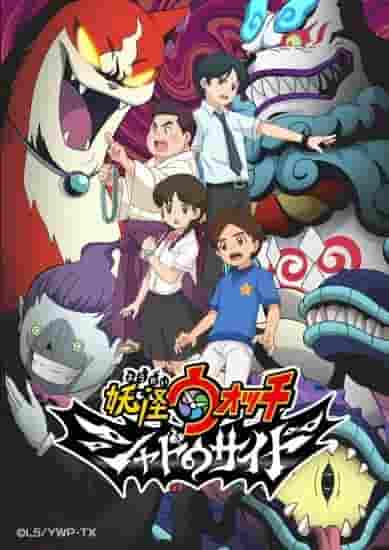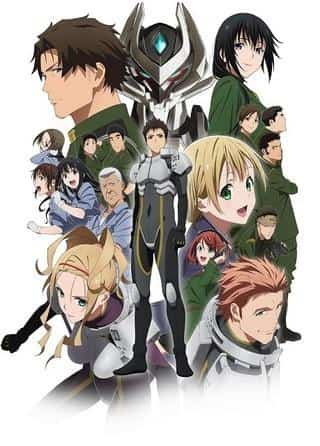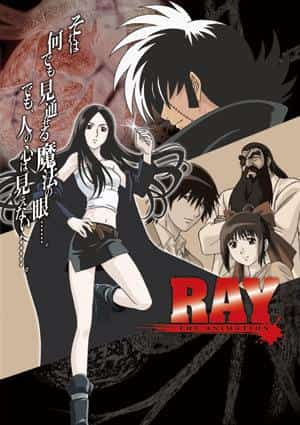Tokkuri Palm Tree: A thorough analysis of the charm and emotion of Minna no Uta

"The Tokkuri Palm Tree": NHK's classic song revived in animation"The Palm Tree," broadcast on NHK Educational TV (now NHK E-Tele) in October 1966, is an animated version of the classic song "The Palm Tree," beloved by children. In its short two-minute run, this animation moved viewers with its beautiful images and music. In this article, we will explore the appeal of this animation, the background to its production, and its subsequent influences. Overview"The Tokkuri Palm Tree" was produced as part of NHK's "Minna no Uta" series. "Minna no Uta" is a long-running program that has been running since 1961 and is loved by a wide range of generations, from children to adults. "The Tokkuri Palm Tree" is one of the most popular songs in the series, and was first broadcast as an animation in 1966. This anime is a perfect match of the beautiful illustrations by Akira Sanjo and the gentle melody of the song. Although it was only two minutes long and had only one episode, the content left a deep impression on viewers. BackgroundThe original song of "The Tokkuri Palm Tree" was released in 1966. The lyrics were written by Michio Yamagami and the music was composed by Yoshinao Nakata, two renowned creators who were active at the time. The song uses the tropical tokkuri palm tree as its motif and sings of the beauty of nature and the preciousness of life, with the aim of nurturing an attachment to nature in children. The motivation for making this into an animation came from NHK's desire to provide new excitement to its viewers as part of its "Minna no Uta" series. Akira Minojo created the animation with beautiful colors and a delicate touch to bring out the gentle melody and lyrics of this song to the fullest. Contents of the animeThe animation "The Tokkuri Palm Tree" is set against the beautiful tropical scenery and tells the story of a young boy who encounters a tokkuri palm tree. While resting under the tree, the boy feels the beauty of nature as he hears the leaves rustling in the wind and the birds chirping. He then picks up some nuts, which he brings home to share with his family. This simple story conveys to viewers the importance of coexisting with nature. The visuals of the anime are drawn by the beautiful illustrations of Akira Minojo. The beautiful sight of the blue sea and white sand beaches of the tropics, the lush forests, and the tokkuri palm trees will soothe the hearts of viewers. The movements of the characters, which move in time with the melody of the song, are also very natural and attractive. Fusion of music and videoThe animation of "The Palm Tree" skillfully combines music and visuals. Calm and beautiful images were chosen to match the gentle melody of the song. In particular, in the scene where the palm leaves sway in the wind, the music and visuals work together to draw the viewer in. In addition, scenes of the boy interacting with nature are depicted in accordance with the lyrics of the song. For example, the lyrics "Under the palm tree" depict a scene of the boy taking a rest under a tree. In this way, the music and images work together to advance the story, naturally drawing the viewer into the story. Viewers' reactionsThe "Tokkuri Palm Tree" anime has been loved by many viewers since it was first broadcast. In particular, children have commented that "watching it warms the heart." Adults have also praised it for making them feel nostalgic, and it has received support from a wide range of generations. This anime became one of the most popular works in the NHK "Minna no Uta" series. Since its broadcast, it has been rebroadcast and released on DVD, and continues to be loved by many viewers. In addition, with the spread of the Internet, it can now be viewed on video sharing sites such as YouTube, spreading its appeal to even more people. The production staff's commitmentThe animation of "The Palm Tree" shows Akira Sanjo's attention to detail in many places. In particular, his attention to detail can be seen in the use of color and the movements of the characters. For example, when depicting the tropical landscapes, he uses vivid colors such as blue and green to attract the viewer's attention. In addition, the movements of the characters are very natural, and are designed to make it easy for the viewer to immerse themselves in the story. The timing of the music and visuals is also carefully considered. Each scene is carefully drawn to match the melody of the song. By focusing on the fusion of music and visuals in this way, the viewer is drawn into the story and feels moved. Influence of the workThe animation "The Palm Tree" has influenced many people since it was aired. It has had a particularly large impact on children in terms of fostering a love for nature. Children who watch this animation learn the joy and importance of interacting with nature, which has led to increased awareness of nature conservation. This anime also helped to further increase the popularity of NHK's "Minna no Uta" series. "Minna no Uta" has become a program loved by a wide range of generations, from children to adults, and continues to inspire many people. "The Palm Tree" is one of the most popular works in the series, and is still loved by many people today. Reassessment and modern perspectiveThe "Tokkuri Palm Tree" anime is still being re-evaluated even now, more than half a century after it was first broadcast. In particular, with the spread of the Internet, many people are rediscovering this anime and re-evaluating its appeal. Furthermore, in an age where environmental issues are in the spotlight, the message of love for and coexistence with nature conveyed by this anime is becoming more and more important. Even from a modern perspective, the animation "The Palm Tree" has not lost its value. Rather, it is loved by many people as a work that teaches us anew the importance of coexisting with nature. This animation will inspire a wide range of generations, from children to adults, and will no doubt help to foster a love for nature. Recommendations and related worksThe animation "The Palm Tree" is a work that can be recommended to a wide range of generations, from children to adults. It is especially recommended for those who want to develop an attachment to nature. There are also many other works in the NHK "Minna no Uta" series that are similarly inspiring. For example, "Omocha no Cha-cha-cha" and "Great Old Clock" are also works that draw viewers in with their beautiful music and images. Be sure to check out these works as well. We also recommend that after watching the animation "The Palm Tree," you spend some time in nature. For example, go to a nearby park or the seaside and experience the beauty of nature. You will surely be able to understand the message conveyed by this animation more deeply. ConclusionThe animation "The Tokkuri Palm Tree" is a work that moves viewers through beautiful images and music in a short time of just 2 minutes. This animation is loved by a wide range of generations, from children to adults, and has become a catalyst for fostering an attachment to nature. Even now, more than half a century after it was broadcast, it has not lost its value and is being reevaluated by many people. Please watch this animation and feel the importance of coexisting with nature. |
<<: Crows and Persimmon Seeds: Reevaluating the Appeal of Minna no Uta
>>: Mama and Go-Go: A thorough analysis of the emotion and appeal of Minna no Uta
Recommend
Disney's live-action Pinocchio receives poor reviews
The live-action version of "Pinocchio",...
Gen Urobuchi's new work "OBSOLETE" trailer released, to be released in December
Today (September 25), Bandai Namco released a tra...
The appeal and evaluation of "Tekkonkinkreet": A deep look into the story and characters
The appeal and reputation of Tekkonkinkrete ■ Pub...
Detailed review and rating of DCSS Season 2
The appeal and full picture of the second season ...
Cool and cute! A thorough analysis of its appeal and reputation
Cool and cute! - In-depth reviews and comprehensi...
The first "Kuiba" live-action movie "Kuiba: The Mysterious Madness" released a trailer and is scheduled to be released on September 22
According to the official announcement of @Tencen...
More follow-up works of "League of Legends: War of Two Cities" are under active development
Recently, in an interview with foreign media The ...
The appeal and reviews of "The Three Lords and the Octopus": A deep story and appealing characters
"The Three Lords and the Octopus": A wo...
Melodies of Oblivion: A moving journey through memory and music
Melody of Oblivion - Boukyaku no Senritsu - Full-...
Ojamanga Yamada-kun - Appreciated for its unique blend of humor and deep themes
"Ojamanga Yamada-kun": The appeal of th...
The 15-minute action scene in Mad Max: Fury took 78 days to shoot
Considering the extensive real-life stunts used i...
A thorough evaluation of "Wannabees"! A detailed explanation of its merits and shortcomings
"Wannabees": A hidden gem of an 80s OVA...
New policy: Encourage movie screenings to have low-priced tickets exempt from VAT
According to Time.com, the document "Regulat...
The movie "The Wandering Earth 2" released the latest set photos to celebrate the birthday of the lead actor Wu Jing
The official Weibo account of the movie "The...
A thorough review of the unaired episodes of "Kuruneko <New> 1"! What is the appeal of the Nyarlock Holmes series?
Kuruneko <New> 1 Unaired episodes from the ...









